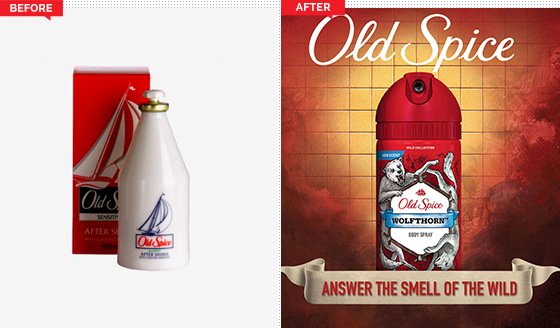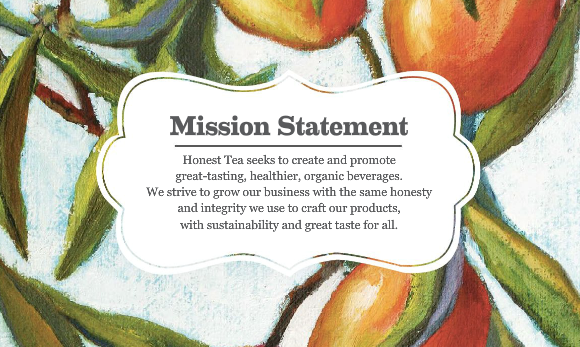
How do you define your brand? As your company’s reputation, name of a product or service that you are offering or something which comes to your customers’ mind when they think of your brand name? Truly speaking, it is a mix of all three. But what makes it a powerful brand is the strategy you implement to get a strong foothold in the competitive market.
What do you think Nike and Starbucks have done to emerge and stay as celebrated brands when there are lots of others offering the same product? Have a look at these ten key parameters and you will know what made them define their brand and how you can make your brand identifiable.
1. Having a Good and Unique Name for Your Brand
It all starts with a striking name. To be recognized easily, you must choose a good name for establishing a brand. From business cards to letterheads and website to social networking platforms, it is going to be everywhere. And, that is how people will be able to identify it. Along with having a unique name, you must also ensure that you are justifying it with what you are offering to your customers.
For example, Dove. It symbolizes purity, peace, softness and gentleness because these are the traits that a woman looks for in any beauty product.
2. Better Knowledge of Target Audiences
Every brand has a goal in mind. And, that revolves around its target customers. Because it’s the customers who can make or break your business, so, you need to have an in-depth knowledge of the demographics of your target customers, how they communicate and what their interests are.
For example, Amazon’s e-reading device Kindle, which was designed keeping in mind, the young, smart, and well-paid customers who are tech-savvy, like to read for pleasure and can afford a device like this.
For a better understanding, you can take a look at other target market examples.
3. Exclusivity
Do you want to stand apart from the rest or just want to follow what others are doing? Remember, a good brand is identified by its uniqueness and if you have something unique that others don’t offer, and then it will give you an edge over your competitors in the market.
For example, Apple’s exclusivity lies in innovation and outstanding design. Subway stands different in offering quick and customized sandwiches made with care. Another one is Dominos which guarantees pizza delivery within 30 minutes or it would be free.
4. Passion
“People with passion can change the world,” Steve Jobs once said. So, what do you think made Apple, one of the most loved and successful brands? It is the passion that Steve Jobs had for his work and that drove him to do better. Result- Unmatched and revolutionary gadgets.
So, now you understand the strength of passion for your brand. In short run, it is easy to build a brand without passion, but in long term, it becomes hard to sustain it. If you love what you do, it is only greatness that you will deliver always.
And, if your customers become passionate for your products and do word of mouth publicity, more people will be added to your list.
5. Consistency
Your brand identification also depends on brand’s consistency. Evolution is necessary but not at the cost of quality. If you are a start-up or have become a brand already, your goal is to keep your brand alive. That means, if customers are coming back to you for repeated sales, they deserve the same quality and service as they received the first time. Because that is what you had promised them at the beginning, didn’t you?
7 Delta is a small business which offers services in information technology for the Department of Defense. And, it believes, “It’s about long-term relationships and treating your customers right. Do what’s right for them long-term. Once you win the business, that’s when the hard work begins. It’s all about relationships and reputation.”
6. Flexibility
To grow in this fast-changing world, it is important that you stay flexible. As it lets you become creative and differentiate your approach with others in the market.
An example of a brand going overboard to enter a new market is of Old Spice. Recognized as a brand for dads, it has now come up with a new face and has become a popular brand for men of all ages.
Reason? Its flexibility to collaborate with Wieden + Kennedy.
Via Worksdesigngroup.com
7. Beat the Competition
With all the strategic moves and planning in place, you have finally arrived there. But, when you’re in a competitive niche, your job doesn’t here. Once you have achieved your goal, can you just sit back and relax, waiting for your customers to do rest of the job for you? Of course, not. As, it won’t help you sustain for long.
Instead, keep improving and look for new ideas on how you can gain a cutting edge in today’s competitive market and be on a roll.
8. Exposure to a Big Set of Audience
To become a successful and distinctive brand, exposure is necessary. That is, reaching out to more customers using various channels. For small companies, tight budget is a constraint which restricts them to invest in television commercials, popular magazines and paid marketing strategies that are necessary for gaining exposure.
However, with social media platforms like Facebook, Pinterest, Google+, Twitter and others, you can reach a wider audience that will help you in your small business branding.
9. Building Your Brand Personality
How would you want your customers to describe you? Just as great, value for money or nice? Or something that leaves an impression on their mind when they hear about you? As an entrepreneur, you might like to use fancy words to define your traits but, people won’t be able to remember that. So, it is better to promote yourself as a brand using just 2-3 core values.
Like, when you think of Apple, you think of:
- Innovation
- Change
- Think different
10. Mission and Vision
You started your brand with a mission and vision in mind. And, that is your ultimate goal in the business, especially when it comes to building a strong brand identity. While a mission statement is all about your purpose as a company, vision statement describes what you aspire to be in the future.
Here are examples of both.
Via Hubspot
In this image, the brand Honest Tea, clearly defines its mission which is offering healthy and tasty beverages and in the below example, JetBlue Airways talks about its future goal.
Via Imgur.com
Conclusion
These are the ten important things that help you identify your brand and become better than others in the industry. Before you even think of setting up a marketing plan and building a brand experience for your customers, make sure you implement these in your branding strategy to make your journey easier.
 Author: Nitish Sharma is an Inbound Consultant at On Hold Marketing, an on hold messaging company. He has great passion for writing about small business, music and audio marketing. He loves travelling and exploring new things in life. You can find him on Twitter and Facebook.
Author: Nitish Sharma is an Inbound Consultant at On Hold Marketing, an on hold messaging company. He has great passion for writing about small business, music and audio marketing. He loves travelling and exploring new things in life. You can find him on Twitter and Facebook.
6350 Views














